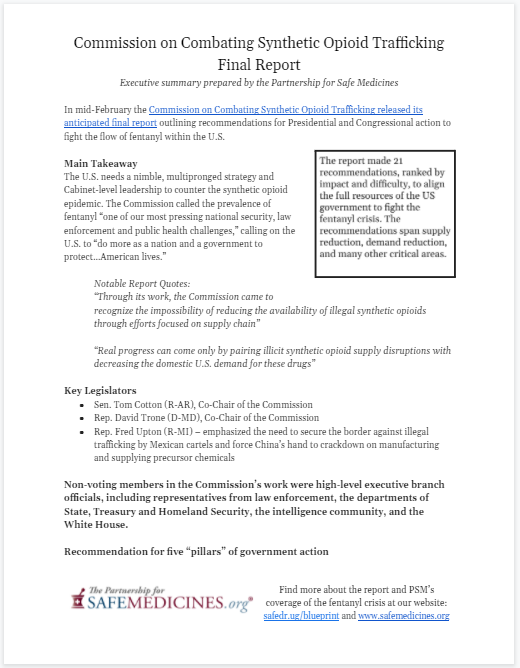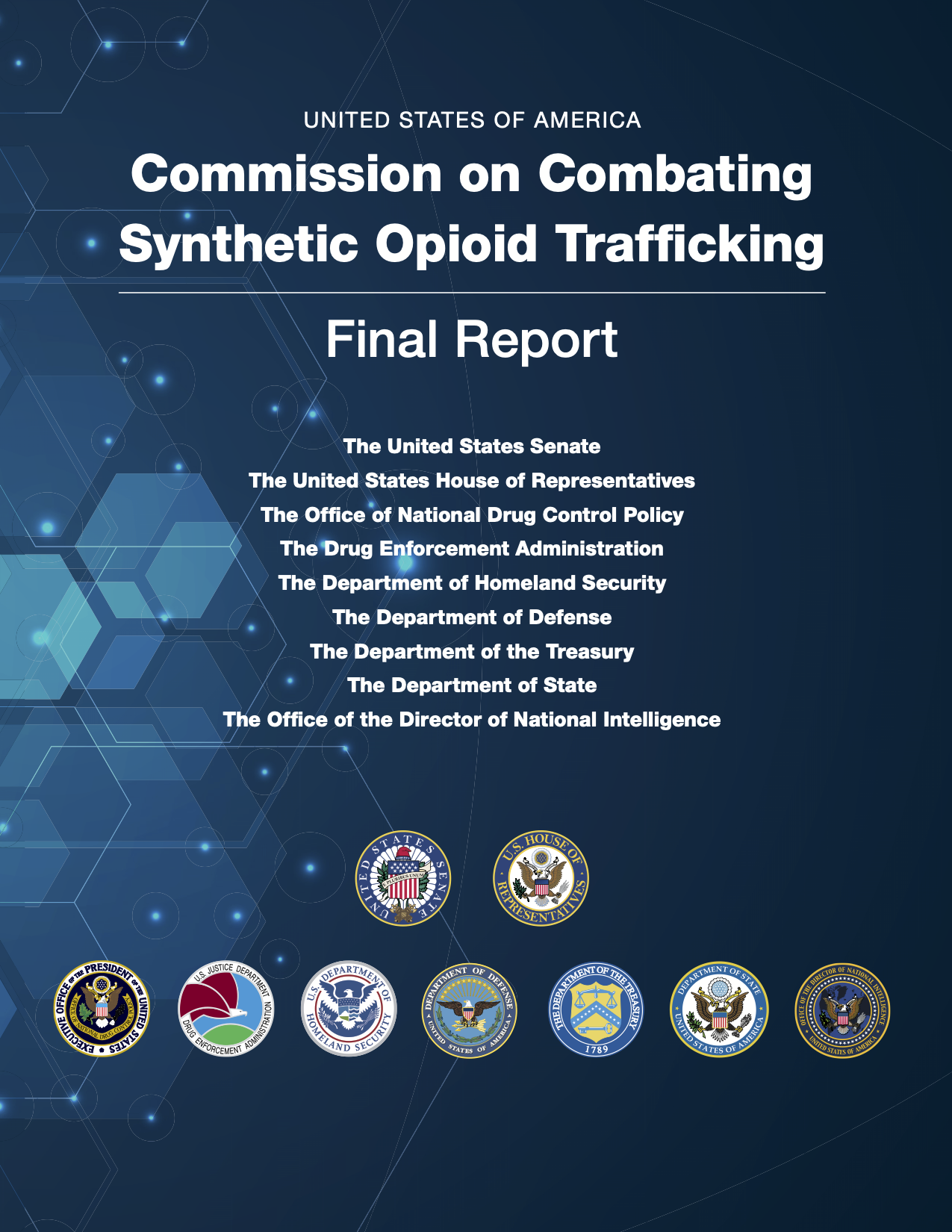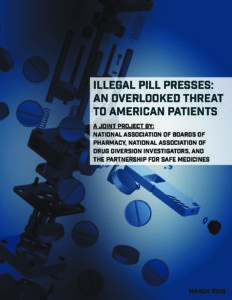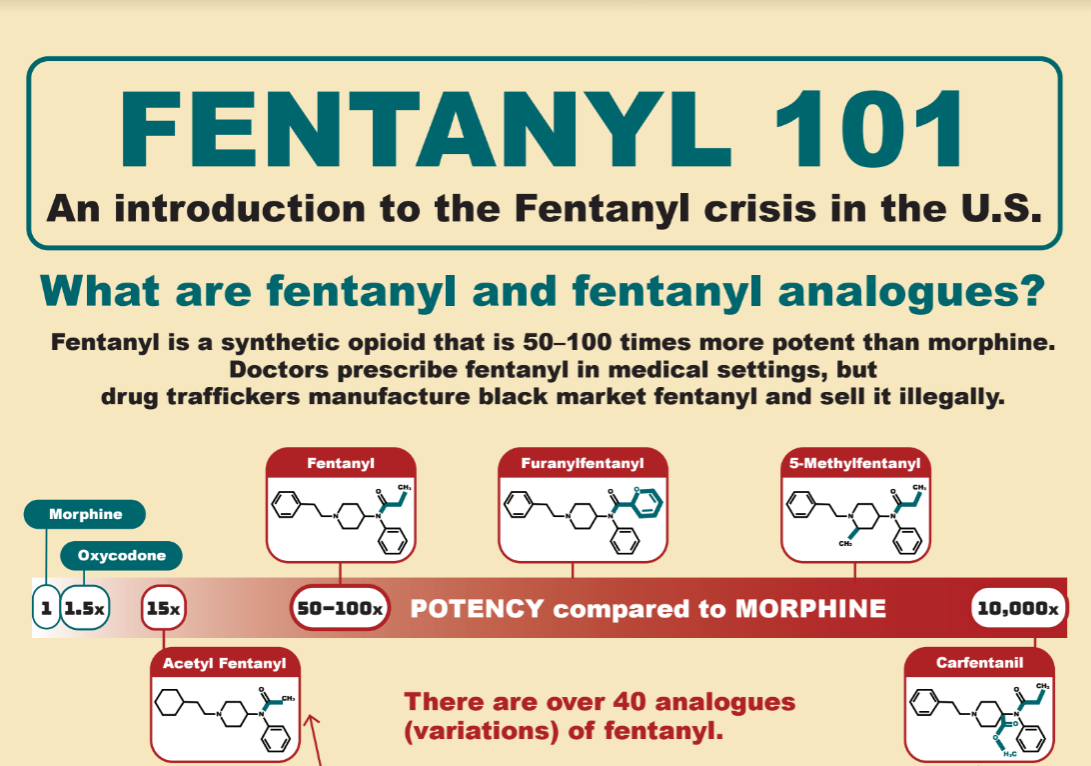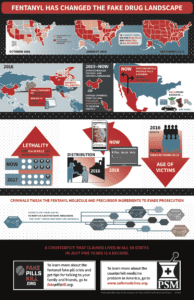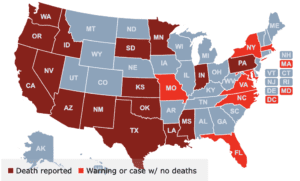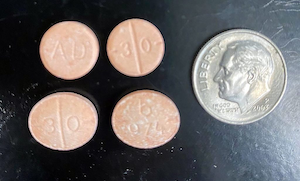A Fentanyl Fighting Blueprint: The Commission On Combating Synthetic Opioid Trafficking's Final Report
In February 2022, Commission on Combating Synthetic Opioid Trafficking released its final report. The Commission, comprised of two senators and two representatives, officials from seven offices of the executive branch, and four subject experts, has developed the first cross-agency plan to address the fentanyl crisis at the federal level—and it's bipartisan, which means the plan might even happen.
The report makes 21 recommendations that relate to policy implementation, supply and demand reduction, international cooperation, and research and monitoring, suggests making the Director of the Office of National Drug Control Policy a cabinet position, and acknowledges that we cannot solve the problem of synthetic opioids solely through law enforcement and drug seizures.
It also provides a good advocacy tool: If you’ve been wondering what to ask your elected officials to do to stem the crisis, the measures in this report provide an easy answer. Ask hem what they’re doing to implement them.
Read PSM's 2-page summary.
Read the entire 148-page report.
PSM publications
Why pay attention to this report? Watch this video to find out!
Transcript
Have you been waiting for the federal government to lay out a clear plan to address the fentanyl and fake pill crisis?
Senators Carper and Portman released a Congressional report in 2018 that showed how easy it is to buy fentanyl online. It was a wakeup call when they traced just six sellers to fentanyl purchases in 43 states.
Since then the crisis has claimed hundreds of thousands of lives. It’s the leading cause of death for Americans between 18 and 45. So we were excited this week to see a bipartisan commission with participation from seven agencies produce a blueprint for addressing the crisis.
The report doesn’t pull any punches. There are no easy solutions to this problem. But it names 21 policy initiatives that include supply reduction, demand reduction and international cooperation. They cover the mundane, such as appointing permanent ambassadors, to the exciting, like cutting edge work to attack drug dealers’ money laundering operations.
There’s helpful context in the report, too. It discusses how diplomatic efforts led to China scheduling and cracking down on fentanyl and variants in 2019. Fentanyl shipments from China dropped, but the Chinese chemical industry pivoted to working with the Mexican cartels. The report addresses this shift and recommends strategies to re-engage China to stop the new pipeline.
If you’ve been wondering what to ask your elected officials to do to stem the crisis, the measures in this report provide an easy answer. Ask your elected officials what they’re doing to implement them.
